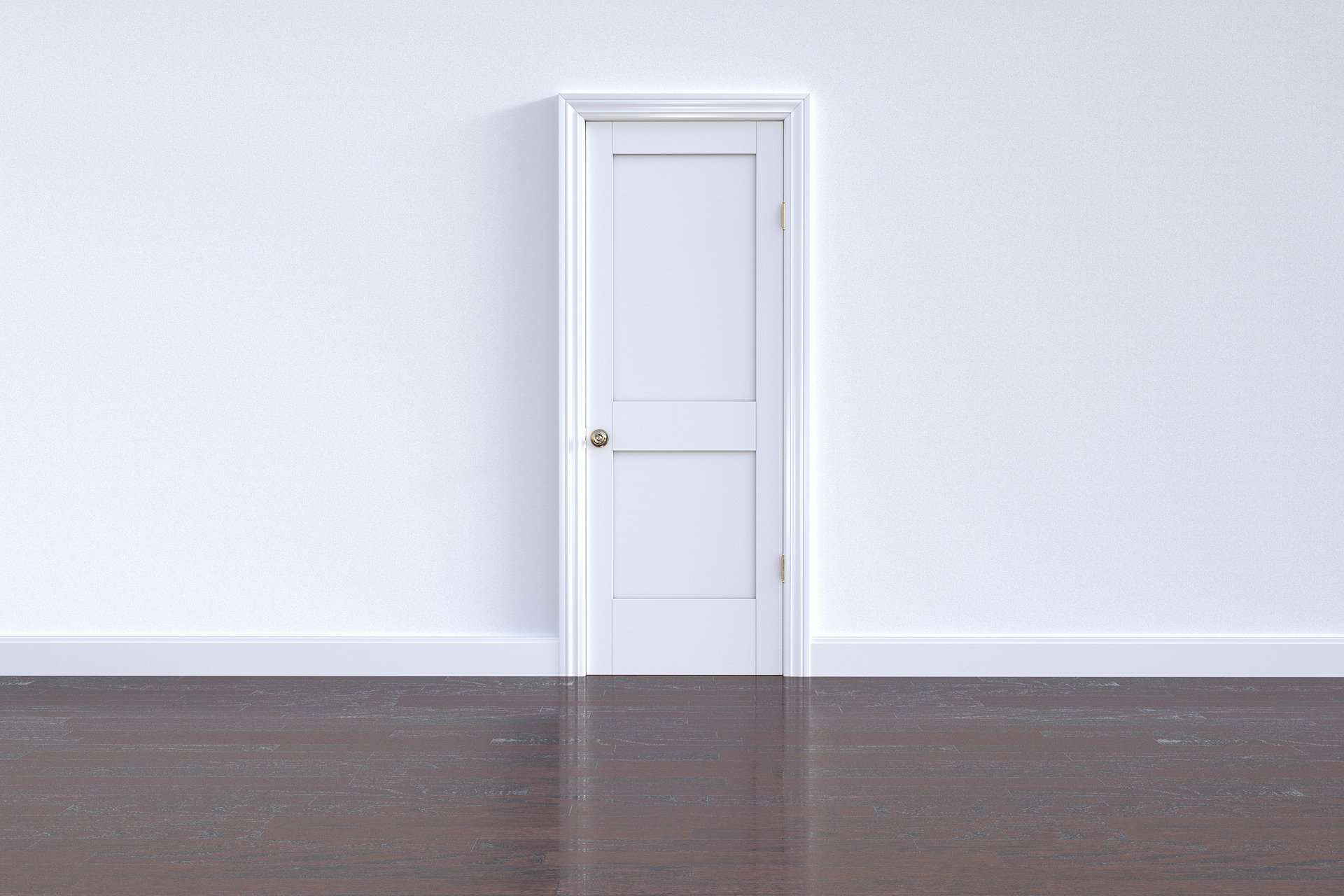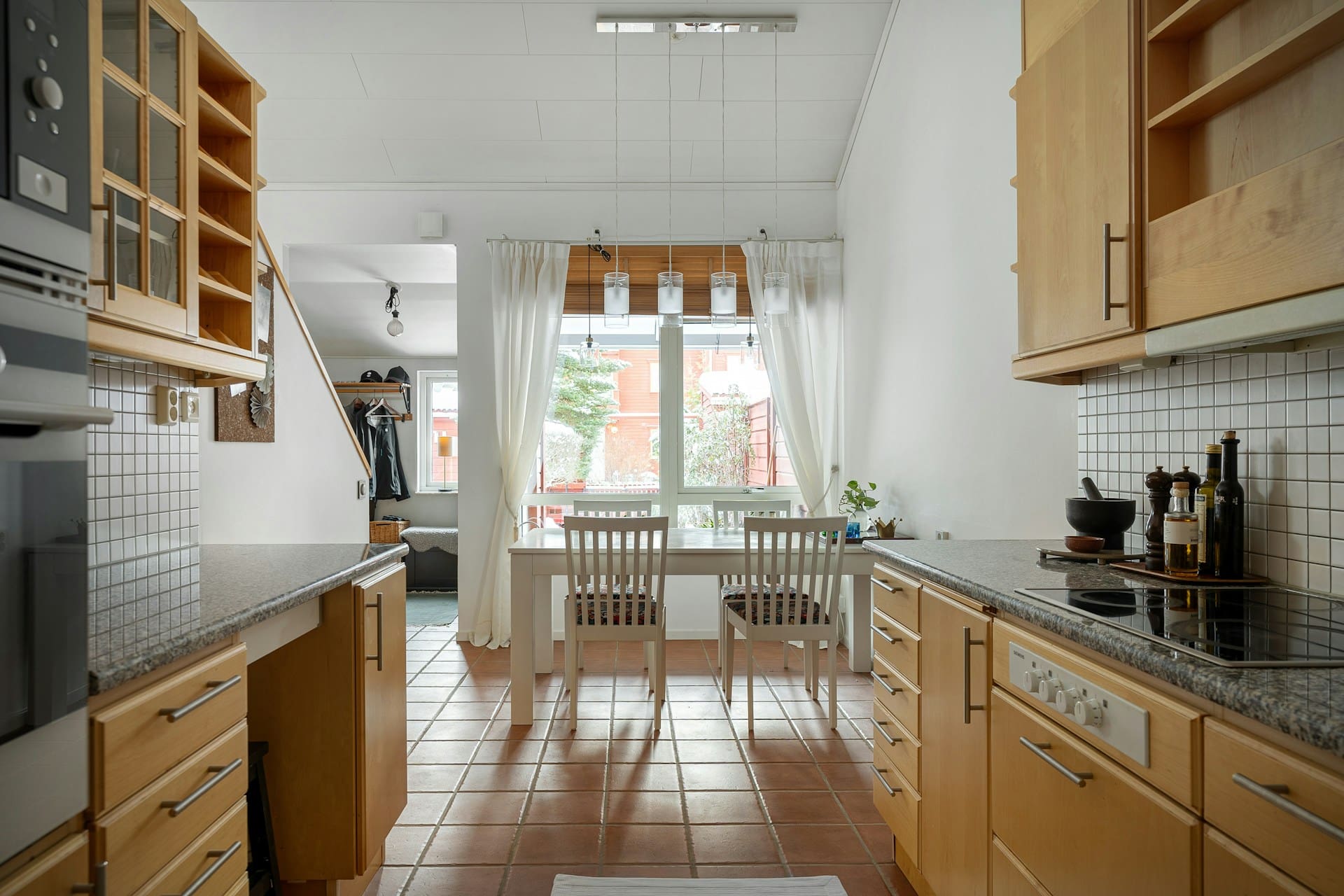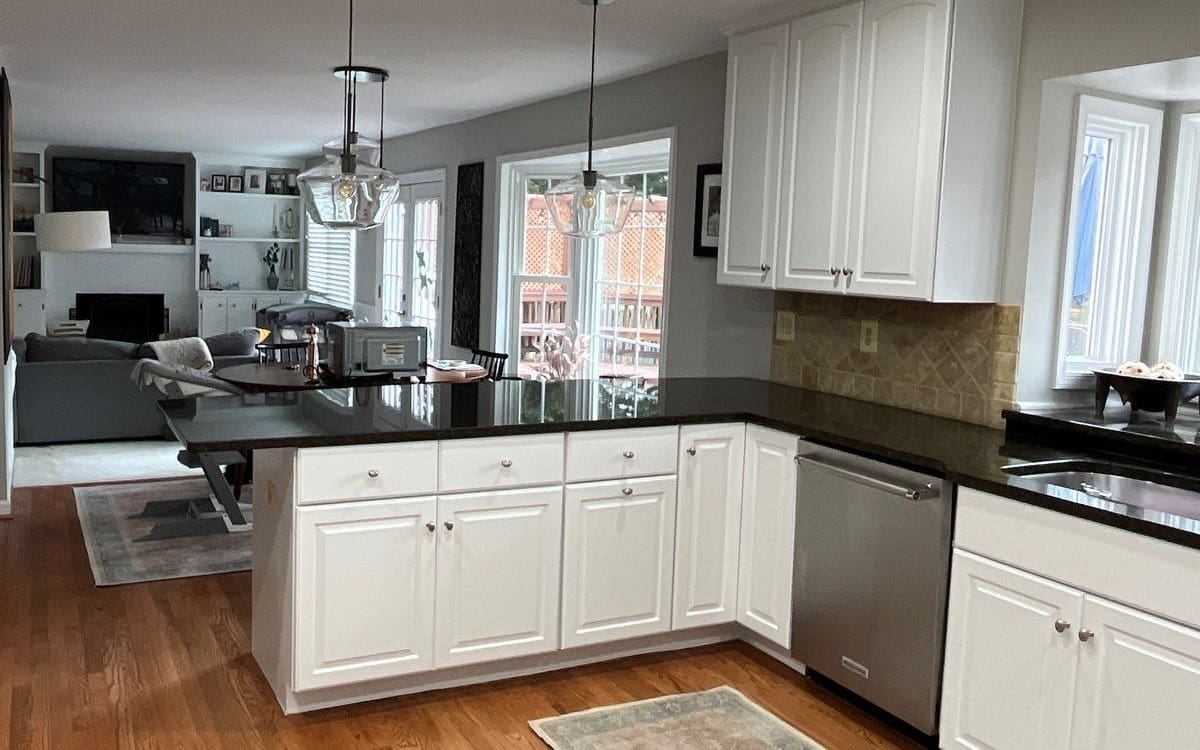
Are Doors Keeping Energy Costs Low?
Home ownership can be quite empowering. But as the saying goes, this power comes with responsibility, namely the financial kind. Owning a home comes with several costs, including regular maintenance, landscaping, the cost to paint a house, property taxes, and much more. However, one of the largest financial burdens homeowners face is sometimes forgotten until the bill is received: energy costs.
No matter where you live, you’ll have to pay energy bills. This money goes toward cooling or heating your home, utilizing water for drinking, cooking, cleaning, and showering, and powering your electronic devices. All of this can really add up. But there are many ways to incrementally reduce these energy costs. Believe it or not, your doors may be costing you more money than you think.
How do Doors Affect Home Energy Costs?
Maintaining steady temperatures in your home requires good insulation. If air is leaking out of your home, you’ll have to expend more energy to control the indoor climate. Interior doors don’t play a big role here as they only open from one interior space to another. Exterior doors, however, provide a prime opportunity for this air leakage, especially if they aren’t properly sealed or installed. Of course, the best way to prevent air leakage would be to not have any exterior doors at all. Granted, this would make it a bit difficult to get in our out of your home.
How the Right Doors Can Lower Energy Costs
Old, broken down doors can wind up costing you thousands each year. Installing new doors can reduce your energy costs if you consider their energy performance ratings. These are based on factors such as heat gain/loss, sunlight transmittance, and local climate. Different door materials offer more or less insulation. For instance, doors with a steel exterior and polyurethane interior have a high energy performance rating while traditional glass doors have a lower rating since they transmit more sunlight and heat. Different types of wood also rank differently on this scale.
In addition to composition, proper door installation is another key factor in reducing energy costs. Foam caulking must be applied to the door frame to properly seal the interior from the outside air. Exterior doors should also have weatherstripping installed to prevent further air leakage. If these steps aren’t taken, air can easily make its way in and out of the cracks between the door and doorframe.
Other Ways to Save Money on Energy
Having new, energy-efficient, properly installed doors can certainly cut down your energy bill each month. But there are many other ways to save money on energy. Believe it or not, the interior painting colors you choose can have an impact on your home’s energy consumption. Lighter colors reflect light while darker colors absorb it, bringing in more heat. Granted, professional painters might tell you that exterior paint colors matter a bit more in this regard, especially for roofs.
Even more than home painting, windows also present an opportunity for reducing energy costs. Like doors, windows receive energy performance ratings on the same scale. You should caulk and weatherstrip windows to reduce air leakage, and consider applying solar control film, blinds, or other coverings to reduce sunlight transmittance.
The residential painting professionals at All American Painting Plus also specialize in making home repairs. Our team can help you find ways to save money by choosing the right painting colors and repairing fixtures that might contribute to air leakage and other problems. To learn more about all that we do, give us a call at (703)-620-5563!




